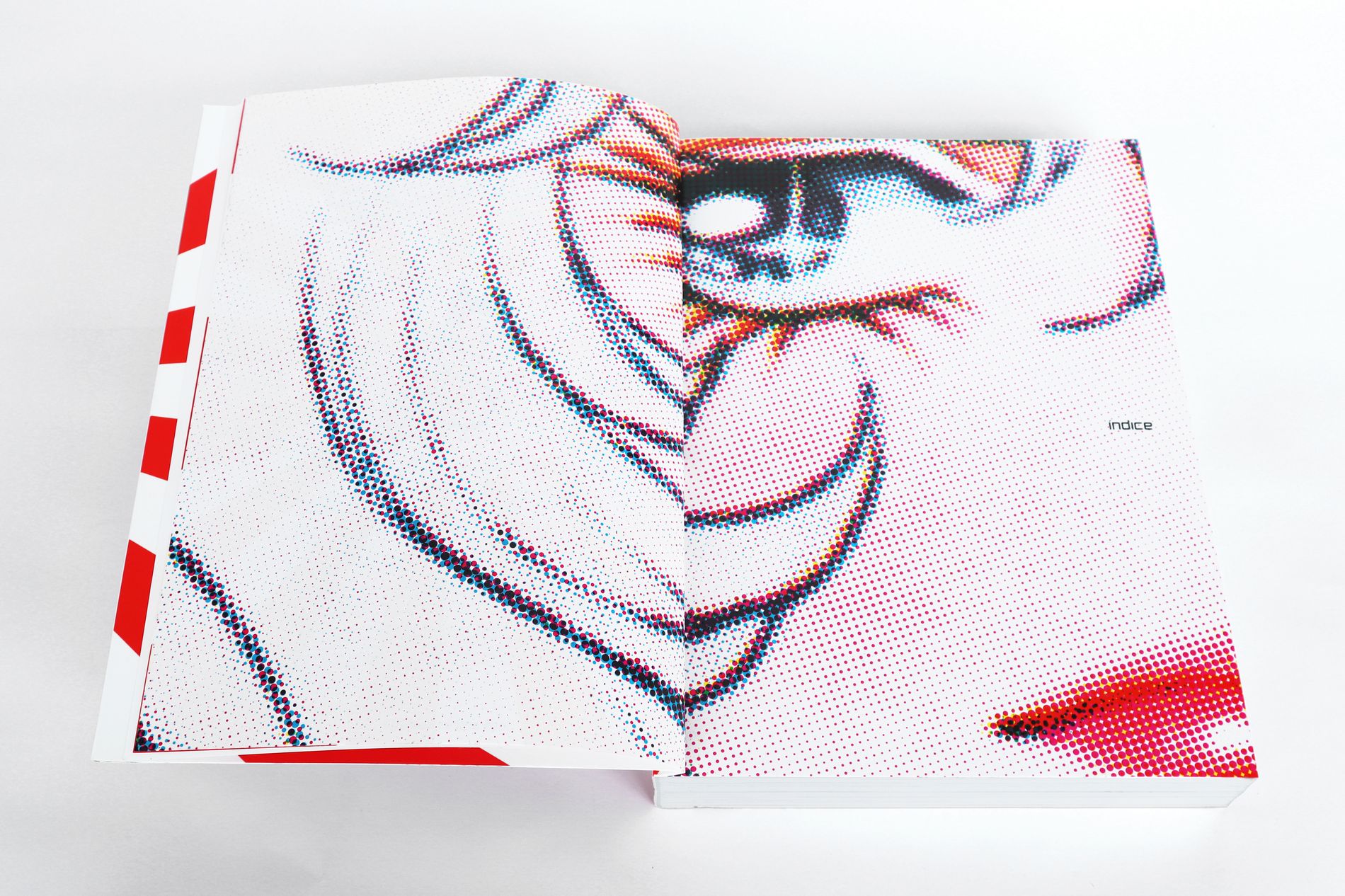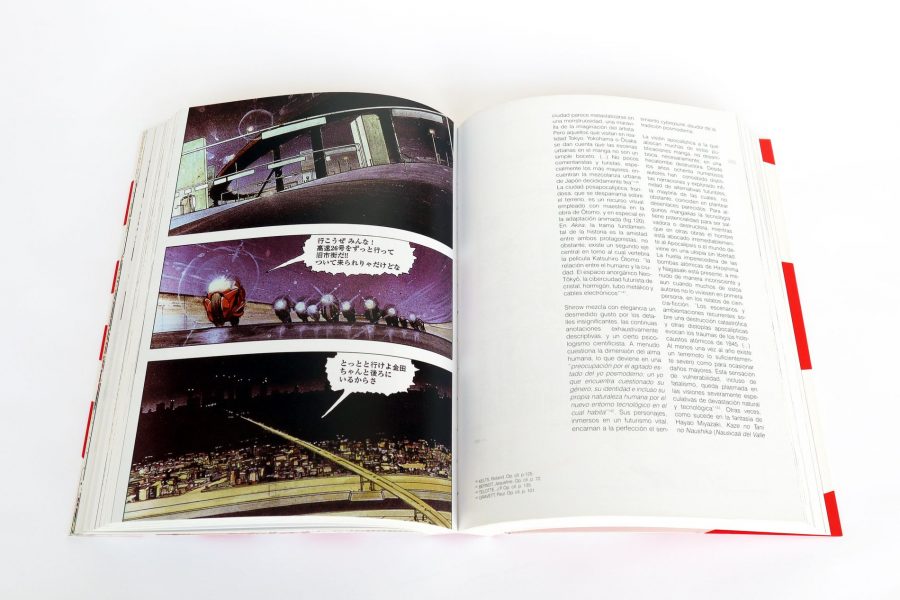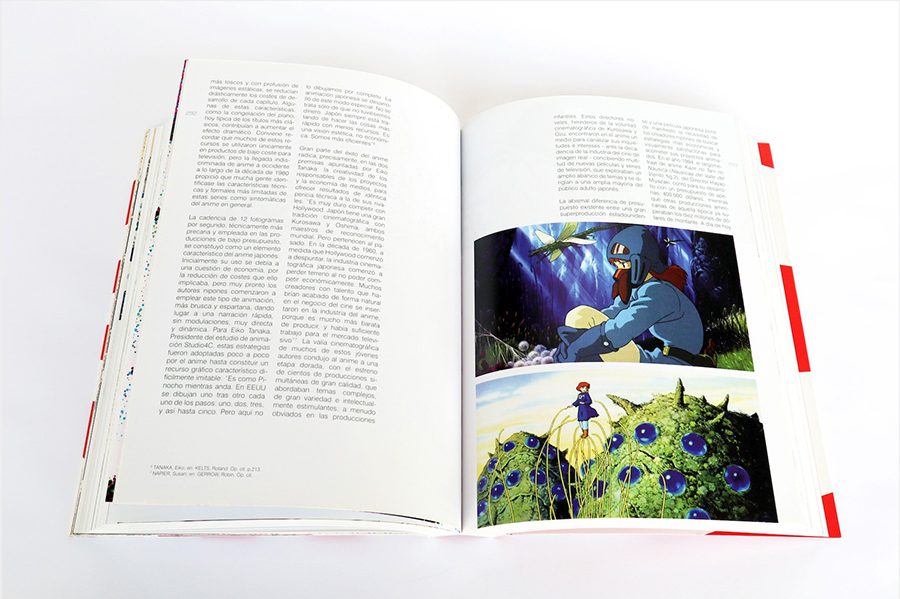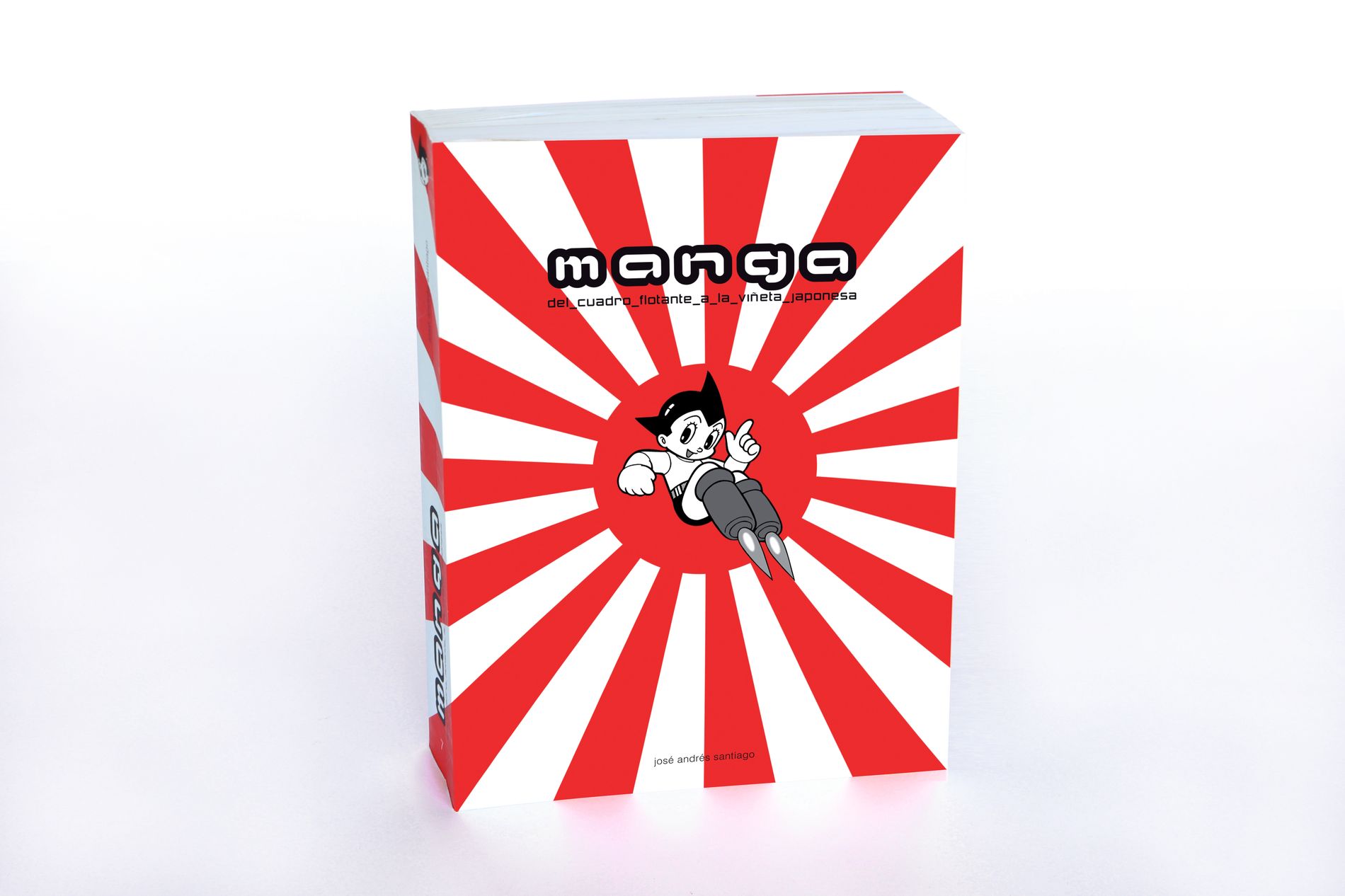_manga
Del cuadro flotante
a la viñeta japonesa
_ subject
_ speciality
[manga.
From the floating picture to the Japanese comic]
"Manga, del cuadro flotante a la viñeta japonesa" is an extensive monograph on Japanese manga, with special focus on the sociological context. Throughout its 600 pages, it covers not only the morphology, syntax and categorisation of manga, but also its historical journey, its capacity to influence and impact Japanese society and its intertwining in other cultural manifestations, as well as its important market value around the world. This book is the result of profound research and will satisfy both the most experienced researcher and the enthusiastic neophyte.
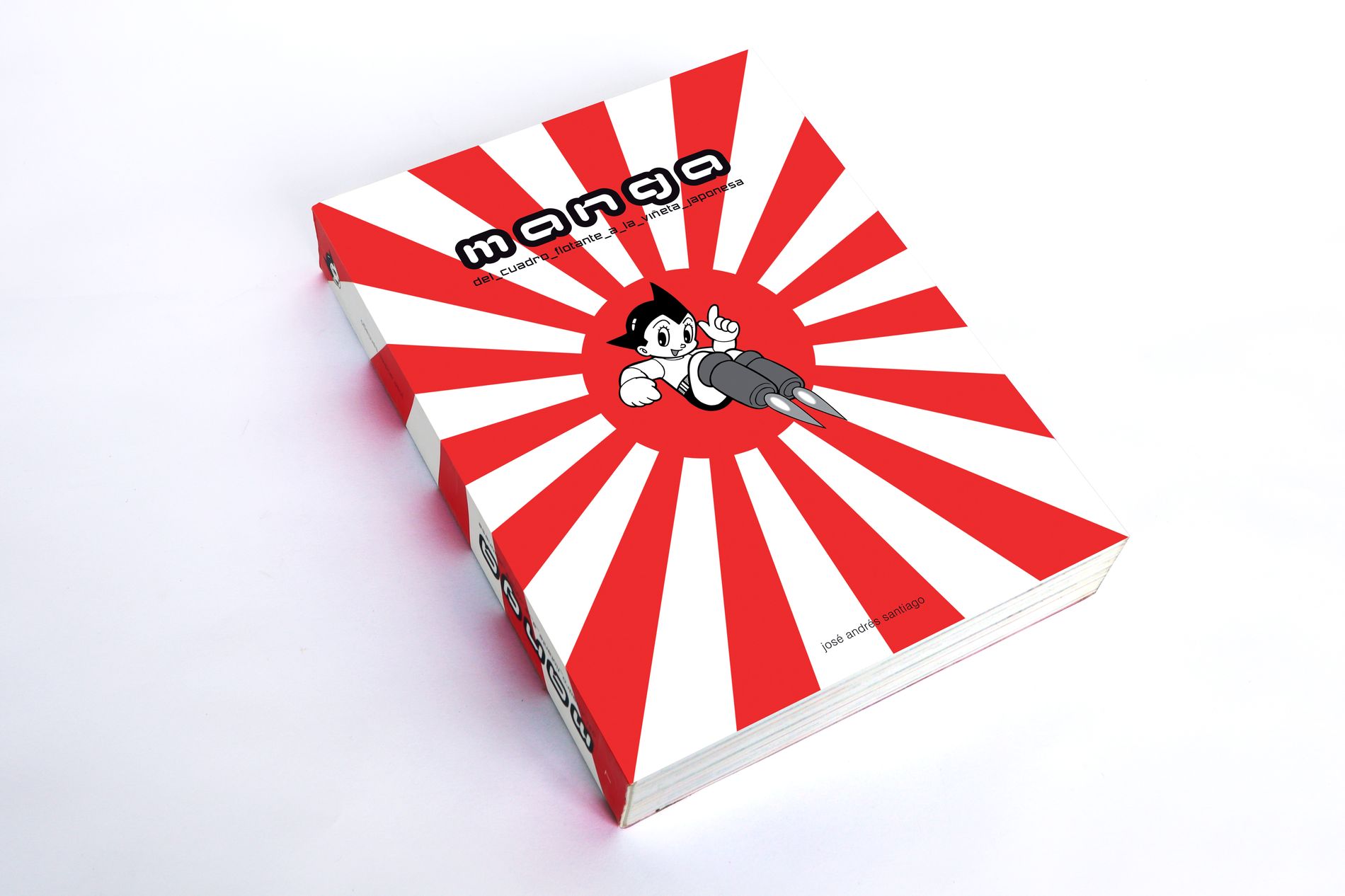
_the origin
Manga is the most important cultural manifestation in Japan. This importance can only be understood as a logical consequence of its omnipresence in all facets of daily life and work, both because of the enormous volume of business it represents, and because of its ability to permeate other media: cinema, television, literature, advertising, education, design or fashion. Extremely disparate manifestations, from different cultural backgrounds, join the manga in an unequal symbiosis to reach people. One of the great potentials and values of manga lies in this transfer: its ability to influence select manifestations because it is a popular and hugely diverse medium.

